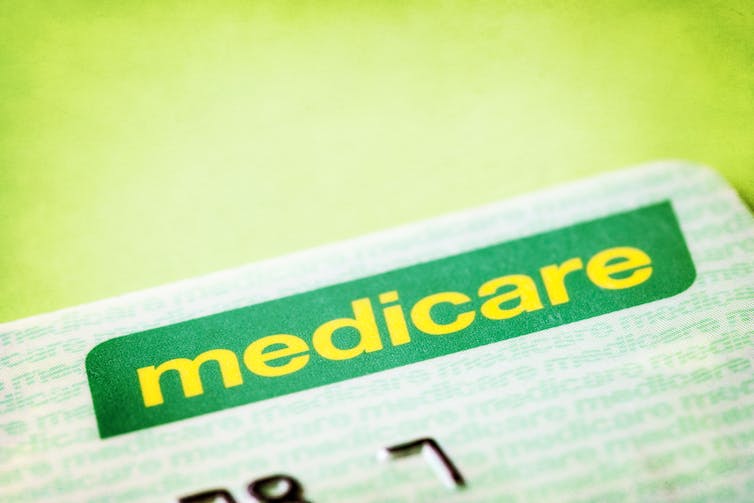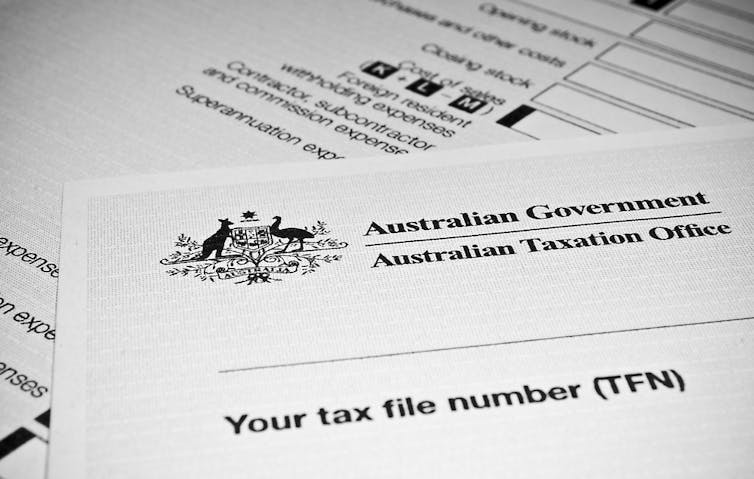Private health insurance is set for a shake-up
Private health insurance is set for a shake-up. But is asking people to pay more for policies they don’t want the answer?

Image: Adobe Stock by Minerva Studio
Private health insurance is under review, with proposals to overhaul everything from rebates to tax penalty rules.
One proposal is for higher-income earners who don’t have private health insurance to pay a larger Medicare Levy Surcharge – an increase from 1.25% or 1.5%, to 2%. And if they want to avoid that surcharge, they’d need to take out higher-level hospital cover than currently required.
Encouraging more people to take up private health insurance like this might seem a good way to take pressure off the public hospital system.
But our research shows these proposals may not achieve this. These may also be especially punitive for people with little to gain from buying private health insurance, such as younger people and those living in regional areas who do not have access to private hospitals.
What is the Medicare Levy Surcharge?
The Medicare Levy Surcharge was introduced in 1997 to encourage high-income earners to buy health insurance. People earning above the relevant thresholds need to buy “complying” health insurance, or pay the levy.
This surcharge is in addition to the Medicare levy, which applies to most taxpayers.
The surcharge varies depending on your income bracket, and the rate is different for families.
For instance, to avoid paying the surcharge currently, a single person living in Victoria earning A$108,001 can buy basic hospital cover. The lowest annual premium for someone under 65 is about $1,100, after rebates. That varies slightly between states and territories.
Not buying private health insurance and paying the Medicare Levy Surcharge instead would cost even more, at $1,350 (1.25% of $108,001).
What is being proposed?
The report, by Finity Consulting and commissioned by the federal health department, reviews a range of health insurance incentives.
It recommends increasing the Medicare Levy Surcharge to 2% for those with an income above $108,001 for singles, and $216,001 for families.
People on higher incomes without private health insurance need to pay the Medicare Levy Surcharge via the taxation system. Shutterstock
The definition of a “complying” private health insurance policy would also change.
Rather than having basic hospital cover as is required now, someone would need to buy silver or gold cover to avoid the surcharge.
Under the proposed changes, people who pay the 2% surcharge would also no longer receive any rebate, which currently reduces premiums by about 8% for people earning $108,001-$144,000.
So, for a single person under 65, earning $108,001 and living in Victoria, the annual cost of buying complying hospital cover would be at least $1,904 (without the rebate). Again, that varies slightly between states and territories.
But the cost of not insuring and paying the Medicare Levy Surcharge instead would go up to $2,160 (2% of $108,001).
Is this a good idea?
However, our research, out earlier this year, suggests increasing the Medicare Levy Surcharge will not meaningfully increase take-up of private health insurance. We’ve shown that people do not respond as strongly to the surcharge as theory would predict.
For example, when the surcharge kicks in, we found the probability of insuring only increases modestly from about 70% to 73% for singles, and about 90% to 91% for families.
It is generally cheaper to buy private health insurance than to pay the surcharge. However, we found about 15% of single people with an income of $108,001 or above don’t insure despite it being cheaper than paying the Medicare Levy Surcharge.
We don’t know precisely why. Maybe people are not sure of the financial benefit due to changes in their income, or if they are, cannot be bothered, or do not have time, to explore their options.
 Some people may choose to pay more tax for public services including Medicare.Shutterstock
Some people may choose to pay more tax for public services including Medicare.Shutterstock
Maybe, as anecdotal reports suggest, rather than buying private health insurance, some people would rather support the public system by paying the Medicare Levy Surcharge.
The point is, people who are not buying private health insurance appear to be highly resistant to financial incentives. So stronger penalties might have little effect.
Instead, we propose the Medicare Levy Surcharge be better targeted to true high-income earners. We can do that by increasing income thresholds for the surcharge to kick in, which are then indexed annually to reflect changes in earnings.
How about needing more expensive cover?
Requiring people to choose silver level cover or above would address criticisms about people buying “junk” private health insurance they never intend to use.
However, people may be buying this type of product because private health insurance has little value to them. Requiring them to spend even more on a product they don’t want is a roundabout way of taking pressure off the public system.
So we propose keeping the current level of hospital cover required to avoid the surcharge, rather than increasing it.
Who loses?
Taken together, the cost of these proposed changes would disproportionately fall on people with little to gain from private health insurance. These include younger people, those living in regional areas who do not have access to private hospitals, or those who prefer to support the public system directly.
These groups are the least likely to use private insurance so have the least to gain from upgrading their cover.
Where to next?
The report also recommends keeping health insurance rebates (a government contribution to your premiums), the Lifetime Health Cover loading (to encourage people to take out hospital cover while younger), as well as the Medicare Levy Surcharge.
We also support keeping these three in the short to medium term.
But we recommend gradually reducing public support for private health insurance.
We believe the ultimate goal of reforming private health insurance is to optimise the overall efficiency of the health-care system (both public and private systems) and improve population health while saving taxpayers’ money.
The goal should not be merely increasing the take-up of private health insurance, which is the focus of the current report.
So, as well as our recommendation to better target the Medicare Levy Surcharge, we need to:
- lower income thresholds for insurance rebates, especially targeting those on genuinely low incomes. This means lower premiums only for the people who can least afford private health care
- remove rebates based on age as higher rebates for older people do not encourage more to insure. Rebates should be tied to just income, which is a better indicator of financial means.

Yuting Zhang, Professor of Health Economics, The University of Melbourne and Nathan Kettlewell, Chancellor's Postdoctoral Research Fellow, Economics Discipline Group, University of Technology Sydney
This article is republished from The Conversation under a Creative Commons license. Read the original article.

